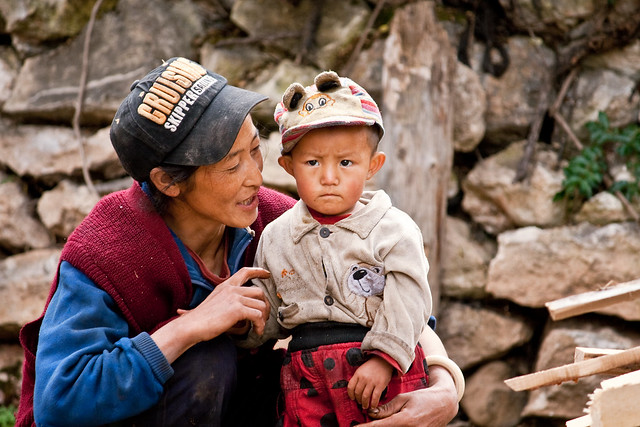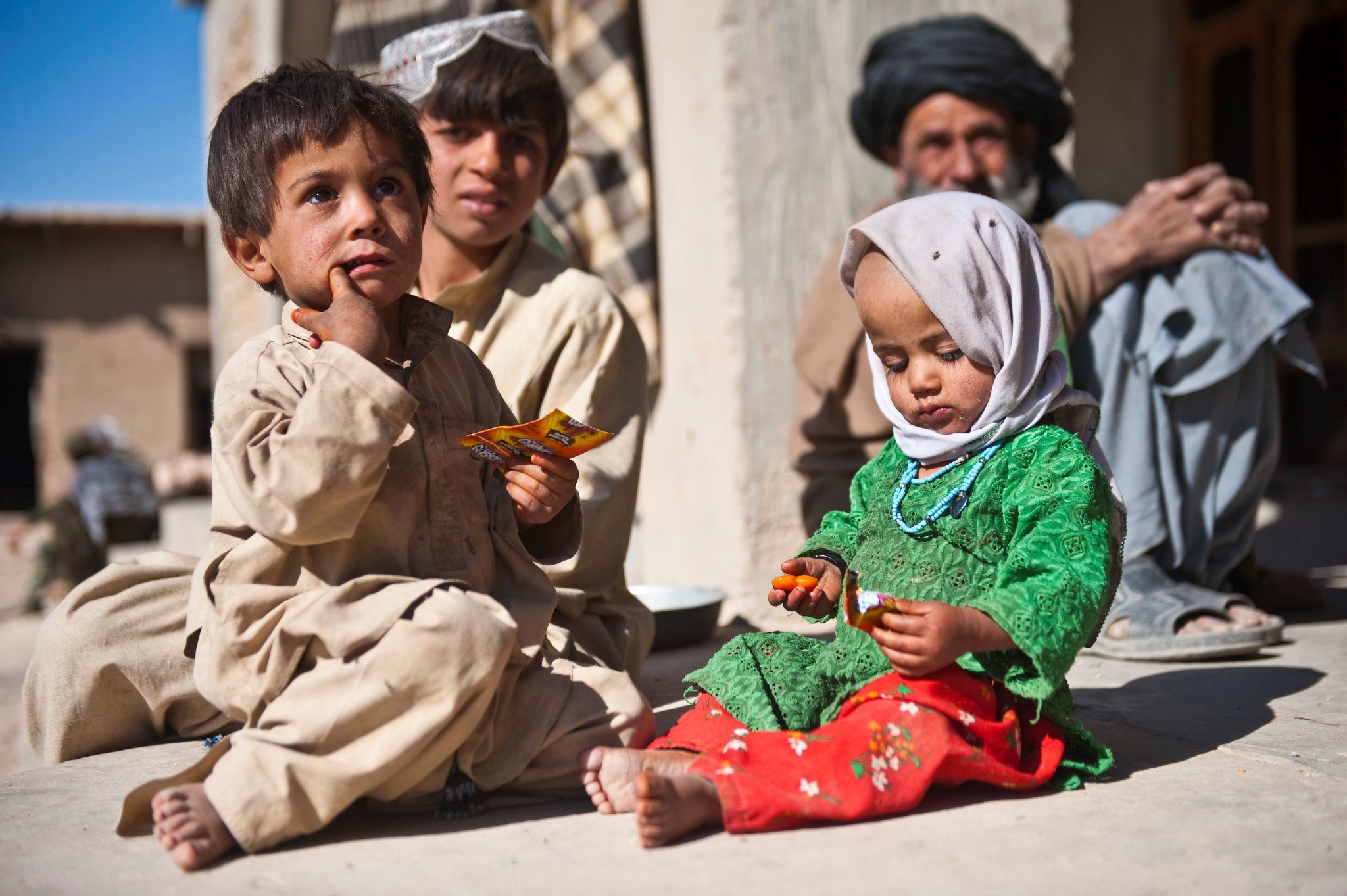Which of the Following Is True About Child Labor
This is especially true of children who are generally slower than adults. Children have been put to work throughout human history.
You must be at least 16 years old to work in a restaurant job.

. B Child labor is most common in the textile industry. The risk that child labor will be passed on to the next generation increases because children who work are more likely to earn low wages as adults. All child labor is children.
E Agriculture is the main industry using child labor. Child labor laws under the Fair Labor Standards Act has historically set different rules for minors in three different age groups. Eastern and Southern Africa has the largest proportion of child labourers 26 per cent of children aged 5 to 17 years.
Child labor was especially common in the late 18th century during the early years of the Industrial Revolution. The major national legislative developments include the following. The 1870 census found that 1 out of every 8 children was employed.
Child Labor Regulation No. O Child labor laws were passed during the. Not all children engage in child labor.
The American Federation of Labor recognized that as long as child labor was widespread in the South the Federation would never be able to increase wages for union workers there. Child labour by region - Infogram. According to the child labor regulations adopted by the US.
Kvargli6h and 33 more users found this answer helpful. 24 Which of the following is TRUE. This is in stark comparison to the Middle East and North Africa where 4 per cent of children in this age group are performing potentially harmful work.
57035 limits the hours and the times of day that 14- and 15-year-olds may work to. Child Labour Prohibition and Regulation Act 1986. Department to Labor _.
These provisions also provide limited exemptions. 13 year olds and younger. Historically child laborers never received formal education.
C Child labor is most common in production aimed at export markets. D If child labor were stopped families would have greater economic success. Child labour is a matter on which both the Union Government and state governments can legislate.
Children between the ages of 16 and 17 may work limited hours in hazardous jobs. Labor unions were against child labor legislation. A Child labor is most common in urban areas.
In this time period there werent any safety regulations nor child labor laws meaning the employers could make the children do just about anything they want because if the children did not do as they were told they could be beaten and their employer could refuse to pay them what little money they make. Although businesses were moving away from employing youth business opposed child labor laws because they saw an interest in being able to employ a cheap labor force even if they chose not to use it. Which of the following statements is true about child labor.
A number of legislative initiatives have been undertaken at both levels. 42 This rate increased to more than 1 in 5 children by 1900. Children employed in agriculture are exempt from the regulations.
79 Poorly educated child laborers tended to become poorly educated adults who often were docile employees unlikely to demand higher wages or get involved in union organizing. Case Study 41- Rural and Migrant Health QUIZ Which of the following is true regarding the 1938 Child Labor Act and migrant workers. B About 50 percent of the worlds children aged 10-14 work.
80 As a result. Quicker workers but hurts slower ones. The Fair Labor Standards Act of 1938 set a national minimum wage for the first time and a maximum number of hour for workers in interstate commerceand also placed limitations on child labor.
Child labor is the practice of hiring children to work in factories or other professions. Individuals between 18 and 21 years of age may work unlimited hours in jobs deemed nonhazardous by the Department of Labor. 44 Age was only one consideration in deciding whether a.
43 Between 1890 and 1910 no less than 18 percent of all children ages 10 15 worked. Prevalence of child labour. This was particularly true in Britain where the Industrial Revolution first began in the 1700s.
No more than 18 hours during a week when school is in session. No more than 8 hours on a nonschool day. Child labor was a common feature in industrial societies as children as young as four years old were often employed in the factories and mines that developed during the time.
C Rising real GDP per capita has been an important force in reducing child labor. As a result children can make as little as 2 to 3 an hour2 In some cases children who are entitled to minimum wage earnings. What percent of children work in child labor.
Which of the following is NOT true about child labor laws. Children ages 16 and 17 may work unlimited hours in jobs deemed nonhazardous by the Department of Labor. Children as young as the age of 12 cannot work in the fields even with parents permission.
Children between the ages of 14 and 15 may work unlimited hours in nonhazardous jobs. Generally employers are not permitted to employ children 13 years old and younger although some limited exceptions may apply that permit such employment. Even today in countries that allow child labor the children receive no or minimal education.
No more than 3 hours on a school day including Fridays. The federal child labor provisions authorized by the Fair Labor Standards Act FLSA of 1938 also known as the child labor laws were enacted to ensure that when young people work the work is safe and does not jeopardize their health well-being or educational opportunities. A Most child labor around the world takes place in factories that export products.
D Although inefficient trade restrictions are effective at reducing child labor.

10 Facts About Child Labor In China The Borgen Project

Angelic 5 Year Old From Nigeria Is Being Hailed The Most Beautiful Child In The World Most Beautiful Child Beautiful Children Most Beautiful

The Lost Childhood Child Labor Voices Of Youth

Social Welfare History Project Child Labor

Child Labour And How We Can Contribute To Stop It Today

10 Facts About Child Labor In Afghanistan The Borgen Project

Pin On Literacy Teaching Products

Pin On Etudes Internationales Et Mondiales Global And International Studies












Comments
Post a Comment